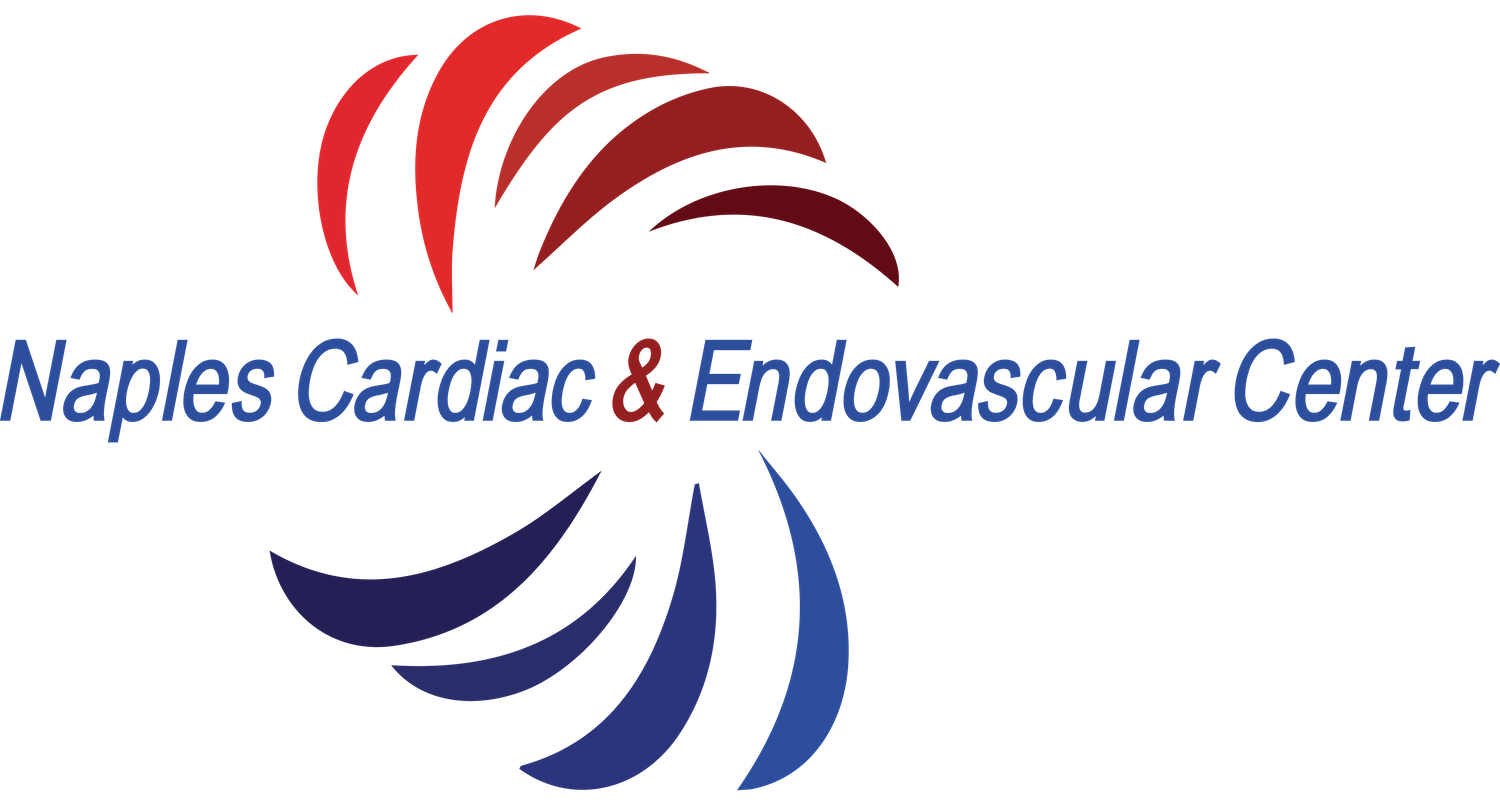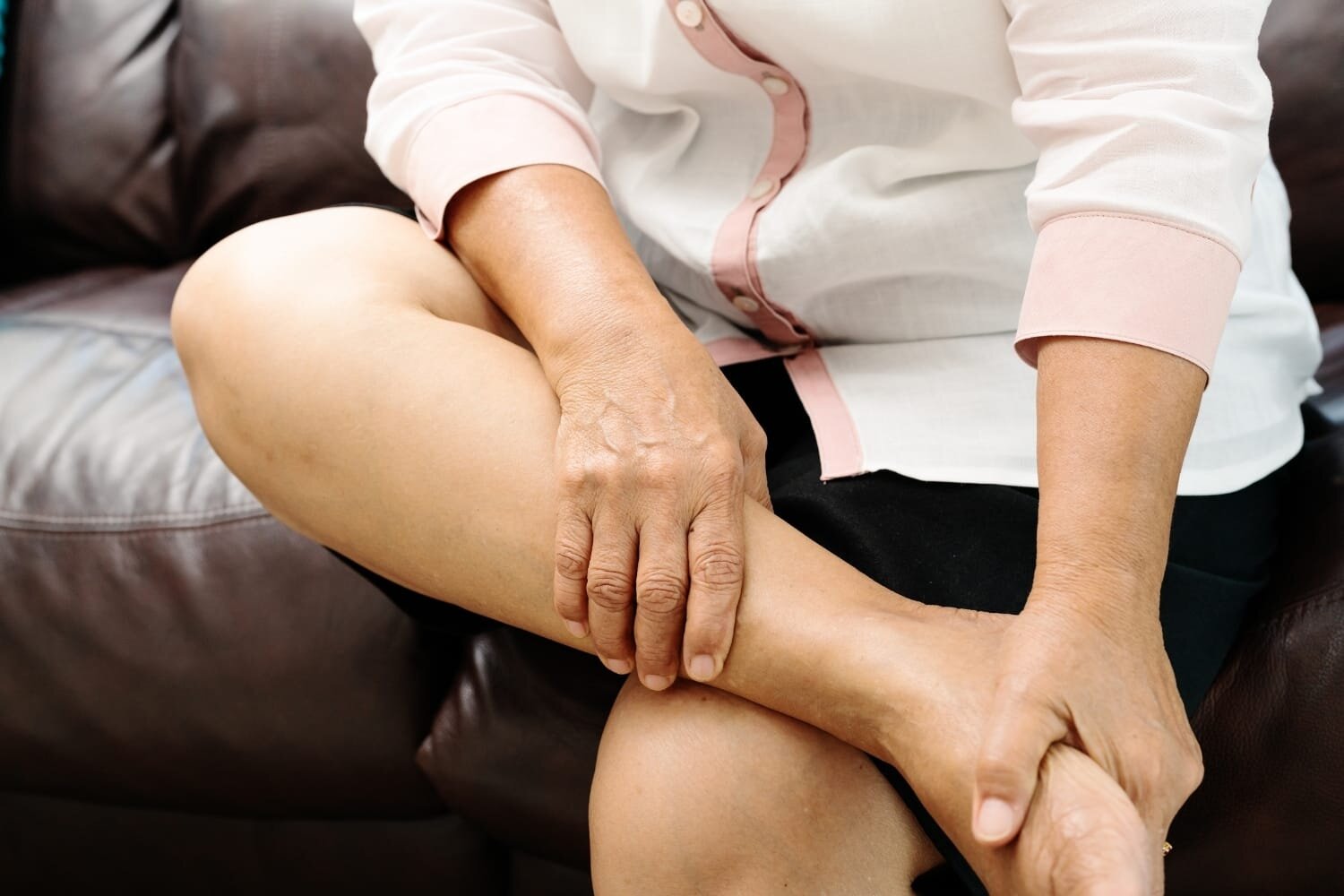Leg cramps overview
There are multiple reasons for patients to experience leg cramps. In many individuals, there may be a combination of factors causing synergistic discomfort, this is particularly common in elderly patients.
Dr. Leandro Perez, a certified Interventional Cardiologist and Endovascular Specialist in Naples, FL, explains what venous disease is and how it can cause leg cramps.
Symptoms of leg cramps
Leg cramps related to venous disease can be very disabling and can happen with ambulation with prolonged standing, with prolonged sitting, tend to be more prominent at the end of the day and appear to improve during morning hours after resting flat in bed overnight.
They may also happen at night while in bed and cause your legs to move uncontrollably. In many cases, restless legs can be a manifestation of venous disease.
Importantly, not all patients with circulatory problems describe their symptom as “cramps”; often, the reported symptom is characterized as:
Burning
Aching
Discomfort
Heaviness
Pressure
Itching
Leg cramps diagnosis
Venous disease related leg cramps commonly are associated with physical examination findings of venous disease. Therefore, your doctor will obtain a detailed medical history and perform a physical examination. If venous disease is suspected clinically, a venous ultrasound is typically recommended.
How are leg cramps treated?
The management of venous disease-related leg cramps depends on the etiology. If venous reflux is identified, an initial trial of conservative therapy including compression stockings, diuretics and lifestyle modifications is recommended.
If symptoms are incompletely controlled with a conservative strategy, it is reasonable to proceed with an endovenous intervention to correct the problem and resolve the patient’s symptoms. Endovenous ablations and other minimally invasive procedures can be offered to patients who qualify.
To request a consultation, please click below or call (239) 300–0586


